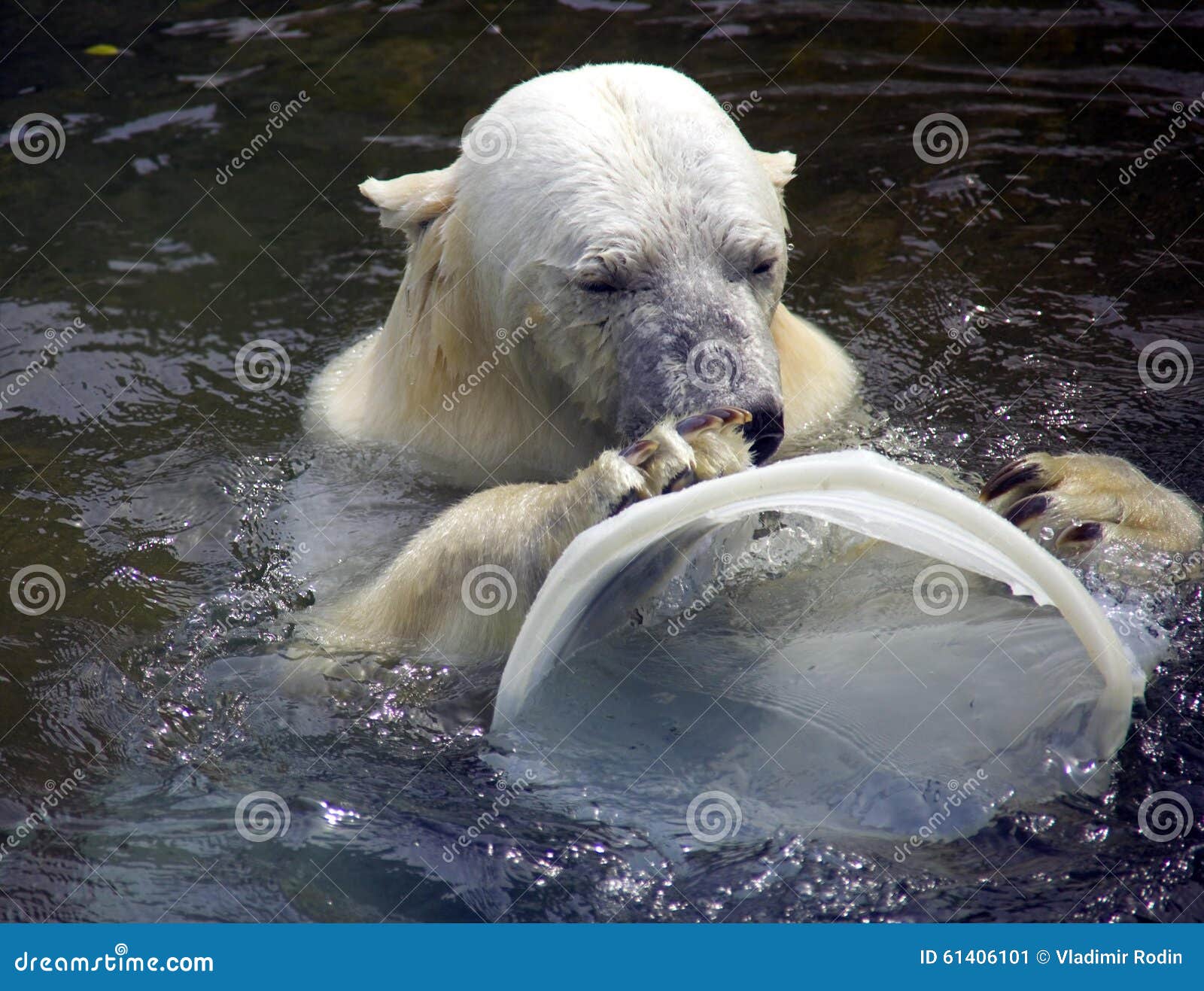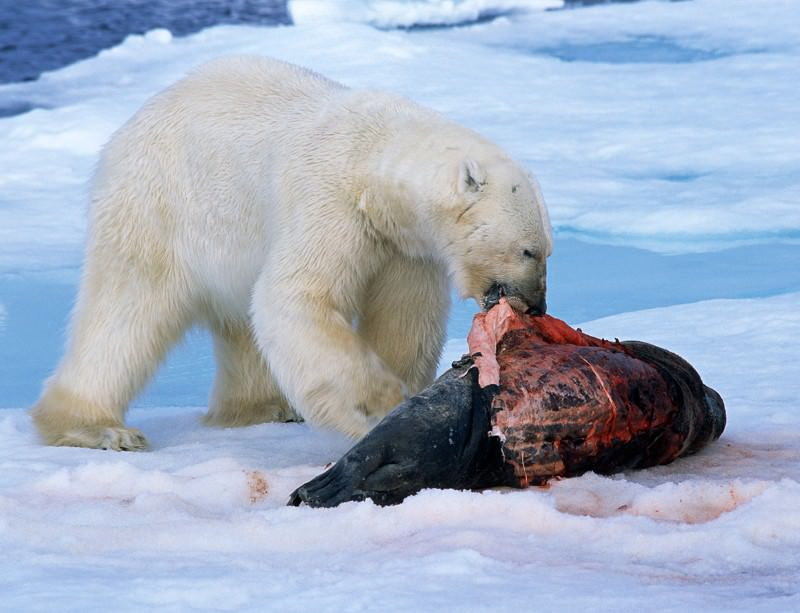

They are classified as vulnerable in the IUCN Red List of Threatened Species, with 8 of the 19 Polar Bear subpopulations known to be in decline. Polar Bears have no natural enemies humans are their biggest threat. What is the biggest threat to Polar bears? For thousands of years, Polar Bears have been a key figure in the material, spiritual, and cultural life of Arctic indigenous people. Near human settlements, they can acquire a taste for garbage, which brings them and humans into dangerous proximity. Polar Bears are powerful predators that often do not fear humans, which can make them dangerous, especially since the sea ice is disappearing and prey is scarce and hard to catch. Polar Bears live a solitary lifestyle, with only mother and cubs staying together for any length of time. In fact, hungry male Polar Bears are a threat to young Polar Bears and will kill them. Females aggressively protect their young but receive no help from their solitary male mates. Young Polar Bear cubs live with their mothers for around 28 months to learn survival skills. How long do cubs stay with their mothers? The dens provide protection from hungry predators and insulation from the harsh cold winter. Where do Polar Bears give birth?įemale Polar Bears give birth during the winter months in snow dens dug out from deep snow drifts.
WHO ARE A POLAR BEARS PREDATORS SKIN
Their skin also has a key role to play in keeping them warm as its unusual black colour means it absorbs heat from the sun. They even grow fur on the bottom of their paws, which not only protects them against the cold ground but also helps them grip on the ice. Polar bears live in one of the planet’s coldest environments and depend on a thick coat of insulated fur and a layer of insulating fat to keep warm. Instead, they use the ice as a platform and wait patiently for seals to pop up at breathing holes or ice edges. They can swim for more than 60 miles without having a break, yet they rarely hunt at sea. Seals make up the majority of their diet, but they also consume carcasses, such as those of dead whales. Polar Bears are usually carnivorous, although they are known to feast on other food sources when prey is scarce. Though born on land, they spend most of their time at sea and hunt only from sea ice.

Polar Bears are at home in the Arctic, living in parts of Canada, Alaska, Greenland, Russia and Norway. They are fascinating creatures that have evolved to survive in some of the harshest and coldest environments on earth. Ringed Seals, Bearded Seals, beached whales and other marine mammals.At up to 2.5 m in size, Polar Bears are not only the largest bear but also the world’s biggest land carnivore.

Polar Bears are superb swimmers and are hyper-carnivorous, eating little plant matter. In autumn, when the Beaufort Sea ice moves southward until it joins with the Yukon coast, Polar Bears return to the better seal hunting areas over shallow coastal waters. During summer they can be found on land at the coast or way off on remaining sea ice. The largest of the Yukon’s three bear species, Polar Bears spend much of their lives out on the sea ice hunting.


 0 kommentar(er)
0 kommentar(er)
